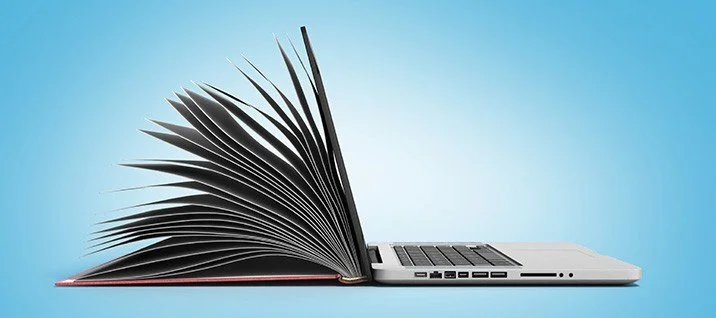Literacy for all children worldwide is about to become one step closer to reality. In support of the Global Book Alliance (GBA), United States Agency for International Development (USAID), Government of Norway through the Norwegian Agency for Development Cooperation (Norad), and Google are joining forces.
Webinar: Creative Commons Basics
Realizing the critical role that an open educational resource (OER) policy can play in supporting Early Grade Reading (EGR) efforts, the Global Reading Network has collaborated with Global Book Alliance (GBA) and All Children Reading (ACR) to conduct a series of three in-depth webinar-based trainings on open licensing in April and in the summer months of 2019. The webinars are intended to support ministries of education, publishers and Early Grade Reading (EGR) implementers as they work to provide open EGR resources.
Why schools are only part of the solution for effective global education
Creating a Culture of Accountability in Tracking Book Delivery
The Book Desert: Authors, publishers and innovators have key role in solving global literacy challenge
How a global community of innovators can embrace inclusive EdTech design for children with disabilities
Panelists from All Children Reading: A Grand Challenge for Development’s (ACR GCD) plenary session at the 8th annual Mobiles for Education (mEducation) Symposium urged the audience of global education innovators and implementers to develop or implement digital solutions that embrace inclusive design for children with disabilities. Simply offering books and literacy materials in digital formats does not equate to accessibility, so more must be done to incorporate features including alt text with image descriptions, sign language video, voice-over, and text that can easily be enlarged, among other features, panelists noted.
Gallaudet University envisions a digital sign languages library for every deaf child
eKitabu embraces Kenya’s deaf community in prize-winning EdTech innovation
At Rochester Institute of Technology, an idea to transform deaf education in the Philippines
Best Practices for Developing Supplementary Reading Materials
Goal 1 of the USAID Education Strategy aims to improve the reading skills of 100 million children in the primary grades by 2015. This paper captures the highlights of existing research concerning best practices in certain areas of supplementary reading materials development for early grade students. It covers issues of font type and size, letter and word spacing, color and its cost implications, trim sizes and binding methods, paper, production methods and scale, and the potential possibilities of a digital platform of supplementary reading materials.












